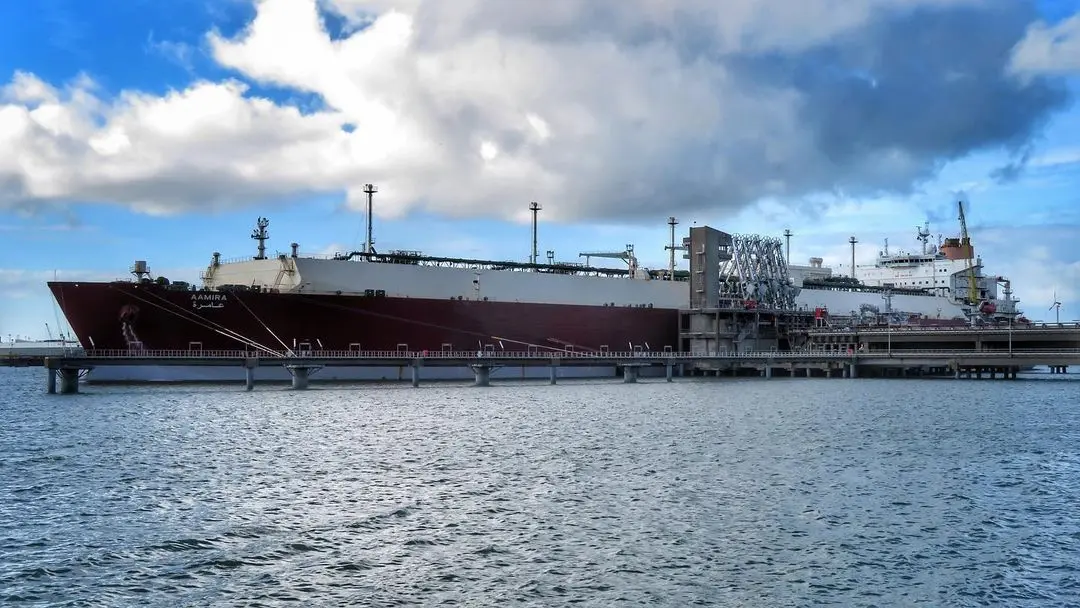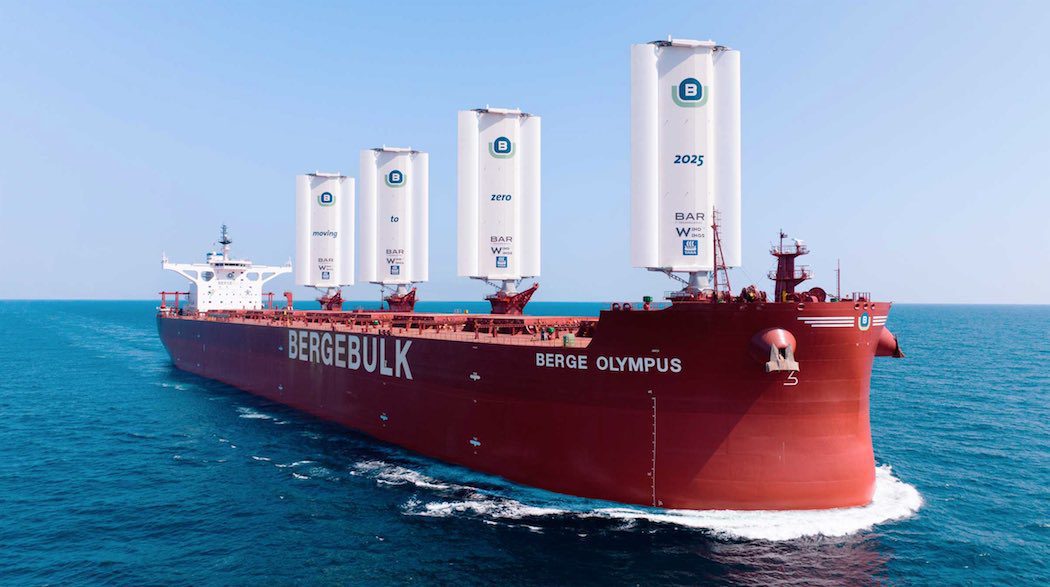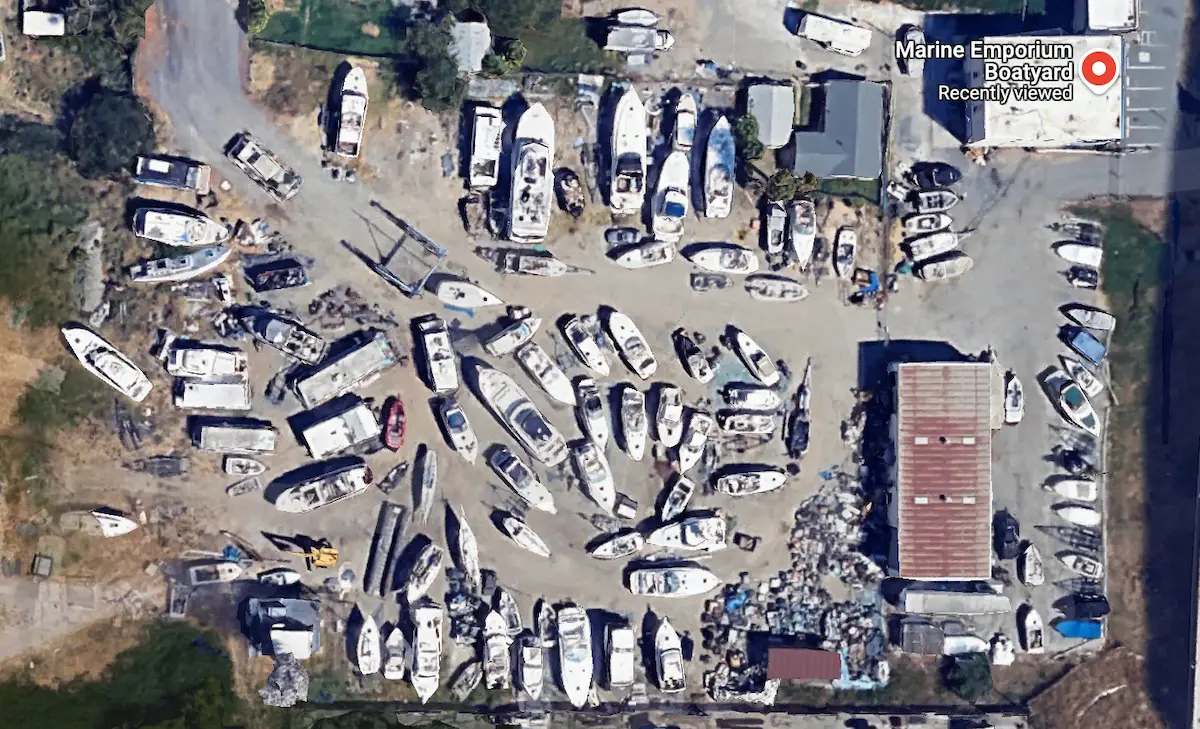The International Code for the Construction and Equipment of Ships Carrying Liquefied Gases in Bulk (IGC Code) sets standards for gas carriers. It covers ship classification and lays out essential safety requirements for transporting liquefied gases.
Classification of Gas Carriers
Gas carriers are divided into categories based on their design and the gases they transport. The IGC Code lists ship types like type 1G, type 2G, and type 3G.
Each type is made for specific cargoes and can handle different pressures and temperatures. For example:
- Type 1G ships carry gases with high-risk factors.
- Type 2G ships handle moderate-risk gases.
- Type 3G ships transport lower-risk gases.
Design features, like tank material and insulation, play a big role in meeting these standards.
Key Requirements of the IGC Code
The IGC Code spells out requirements for gas carriers to keep operations safe and protect the environment. Ships use independent tanks—Type ‘A’, Type ‘B’, and Type ‘C’—depending on the cargo’s pressure and temperature needs.
On top of that, the code calls for safety features: monitoring systems, emergency shutdowns, proper ventilation, temperature control, and fire protection. All these measures help minimize risks during transport.
Independent Tank Types

Independent tanks in gas carriers are purpose-built to safely move liquefied gases. They follow the International Gas Carrier (IGC) Code, which sets standards for structural integrity and safety. Let’s look at Type A and Type B independent tanks.
Type A Independent Tanks
Type A tanks are prismatic, built with flat surfaces, and usually carry cargoes with low vapor pressure. They’re designed to withstand internal pressures and often have a secondary barrier to catch leaks.
According to the IGC Code and Type A tanks, these tanks need a partial secondary barrier since they’re not the best at preventing leaks. Designers typically add insulation to control temperature and stop heat from getting in. Steel is a common material, and the tanks rest on strong supports.
Type B Independent Tanks
Type B tanks are either spherical or cylindrical and can handle higher pressures than Type A. Moss Rosenberg developed these, and a full secondary barrier is standard for extra safety. This makes them a good fit for carrying LNG and similar cargoes.
The Moss type design uses advanced engineering, like fatigue analysis, to boost durability and reliability. These tanks sit inside the hull and use thick insulation to keep cargo cold. The IGC Code requires strict testing for Type B tanks to make sure they’re up to scratch.
Type C Independent Tanks
Type C independent tanks work as pressure vessels, letting ships safely transport liquefied gases under high pressure. You’ll find these tanks in fully pressurized gas carriers.
Design and Construction Features
Type C tanks stand out for their pressure-resistant design, often spherical or cylindrical. They can handle internal pressures above 2 bar. High-tensile steel gives them the needed strength.
These tanks use a double-hull design, which helps prevent leaks. Their construction follows pressure vessel codes, so they’re reliable for long trips. Advanced insulation keeps the gas cold and stops it from vaporizing. The other tank types in the IGC Code have different builds and uses.
Application in Fully Pressurized Carriers
Fully pressurized carriers choose Type C tanks because they’re great for gases needing higher pressure containment. Their thick walls mean refrigeration isn’t necessary—the pressure alone keeps the gas liquid. That’s a real cost saver, honestly.
They’re common for shipping liquefied petroleum gas (LPG) and similar products. Strong pressure capabilities let them transport a broad range of gases, giving operators more options. Their design stays in line with international safety standards.
Membrane Tanks
Membrane tanks show up a lot in gas carriers because they’re compact and efficient. Thin, flexible membranes supported by insulation attach to the inside of the ship’s hull. GTT Membrane Tank Technology—think GTT No96 and GTT Mark III—dominates this field.
GTT Membrane Tank Technology
GTT’s approach is all about efficient storage. Flexible barriers hold the liquefied gas, while insulation or plywood provides structure. This setup helps minimize thermal loss. Vapor barriers add another layer of safety, keeping leaks at bay and protecting the structure in tough conditions.
GTT No96
GTT No96 uses two thin Invar membranes, a nickel-steel alloy, with two insulation layers around each. The primary membrane keeps liquid and vapor inside. The secondary membrane backs it up in case something goes wrong. This design is pretty effective at managing boil-off gas, helping maintain safety and efficiency.
GTT Mark III
The GTT Mark III system has a single inner membrane made of corrugated stainless steel, supported by a composite secondary barrier. Articulated insulation—usually glass wool—sits between, protected by plywood. This design fits many ship sizes and helps reduce boil-off rates, which is always a plus.
Moss Type Spherical Tanks
Moss-type spherical tanks pop up often in gas carriers because of their unique design and safety features. People call them MOSS tanks, and their spherical shape gives them serious structural strength under pressure.
Design Features:
- Shape: The sphere spreads stress out evenly, so the risk of failure drops.
- Material: Usually, builders use special alloys or high-strength steel.
Moss tanks don’t depend on the hull for support. This independence boosts safety.
Benefits of Moss Type Tanks:
- Durability: The spherical shape stands up to high stress and pressure swings.
- Safety: The design helps prevent sloshing, which is a real headache with liquid cargos.
- Easy Maintenance: Their shape makes maintenance less of a hassle.
Application in Ships:
You’ll mainly see Moss tanks in LNG carriers. They’re a solid pick for liquefied natural gases, which need careful containment and insulation.
Drawbacks:
- Space Usage: The shape isn’t the most efficient for packing in cargo.
- Cost: Building these tanks can get pricey compared to other options.
Fully Refrigerated Gas Carriers
Fully refrigerated gas carriers move gases at low temperatures, letting them stay in liquid form. These ships keep pressure close to atmospheric levels. They’re built for substances like liquefied petroleum gas (LPG) and ammonia.
Design and Construction
Most of these vessels use big, prismatic tanks made from materials like special carbon-manganese steel that handle cold and stress. This construction lets them safely move gases at temperatures down to -48°C.
Capacity and Efficiency
These ships can carry a lot—anywhere from 15,000 to 85,000 cubic meters. Loading and unloading is pretty efficient, and transportation costs stay low, so they’re a go-to for bulk transport.
Safety Features
To keep things safe, these carriers have solid insulation, emergency shutdowns, gas alarms, and fire suppression gear. All of these line up with the IGC Code guidelines.
Operational Areas
They mostly run on long-haul routes, moving gases from production sites to big distribution terminals. These ships play a major role in the global trade of liquefied gases, keeping supply chains moving for industries everywhere.
Fully Pressurized Gas Carriers
Fully pressurized gas carriers haul liquefied gases like propane and butane at ambient temperatures. These ships use tanks that come in cylindrical, spherical, or sometimes horseshoe shapes.
The tanks can handle pressures up to 17 bar. Since they’re so sturdy, you don’t need refrigeration systems out at sea.
Each tank stands alone as its own structure. Builders usually go with steel that resists the chemicals inside—makes sense, right?
Key Features:
- Pressure Range: Up to 17 bar
- Cargo Types: Propane, Butane
- Tank Shapes: Cylindrical, Spherical
Honestly, fully pressurized vessels are pretty straightforward compared to other gas carriers. They skip all the complicated insulation or cooling stuff, which keeps costs down for short sea trips.
Tank materials usually include carbon steel or nickel steel, depending on what gas they’re carrying. That choice helps prevent corrosion and keeps things safe while moving cargo.
If you’re curious about the nitty-gritty on tank materials and specs, check out the design of liquefied gas carriers.
Semi-Pressurized and Refrigerated Gas Carriers
Semi-pressurized and refrigerated gas carriers are pretty adaptable ships. They’re built to move gases that demand specific temperature and pressure conditions.
These ships usually combine pressure and cooling to keep cargo safe. It sounds simple, but balancing both takes some clever engineering.
Tank Types:
- Cylindrical Tanks: These tanks fit right inside the ship’s hull. Not flashy, but practical.
- Spherical Tanks: They help spread out pressure evenly. Honestly, they look a bit odd but do the job well.
- Bi-lobe Tanks: These maximize capacity by squeezing into available space. It’s a smart use of every inch.
Thanks to these tank designs, ships can carry gases like LPG and ethylene without much fuss.
Design Features:
- Pressure Range: Most of these vessels work between 5 and 7 bar. Not too high, not too low.
- Temperature Control: They use built-in refrigeration systems to keep gases at just the right temperature.
Key Advantages:
- Flexibility: These carriers handle all sorts of cargoes. That makes them popular for a reason.
- Safety: Crews rely on advanced safety systems to protect themselves and the environment. Peace of mind goes a long way at sea.
If you want more details on the design specs, the IGC Code covers requirements like secondary barriers for Type ‘A’ tanks. Curious about the different tank types? Check out more on gas tanker types or dive into gas carrier designs.
- Types of Gas Carriers as per IGC Code – April 22, 2025
- Wind-Assisted Propulsion Systems (WAPS): A Game Changer for Maritime Decarbonization – February 6, 2025
- 10 Boat Salvage Yards in California – January 25, 2025



